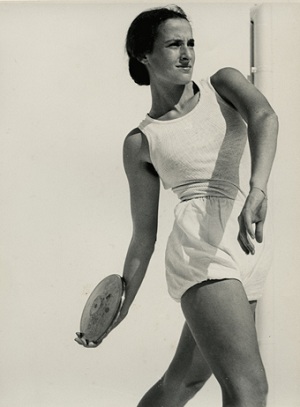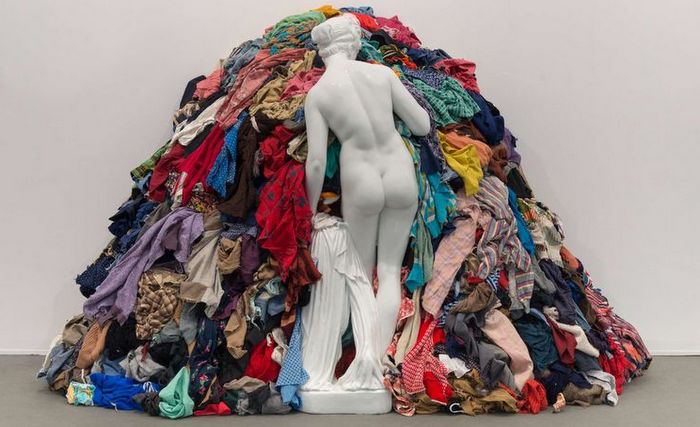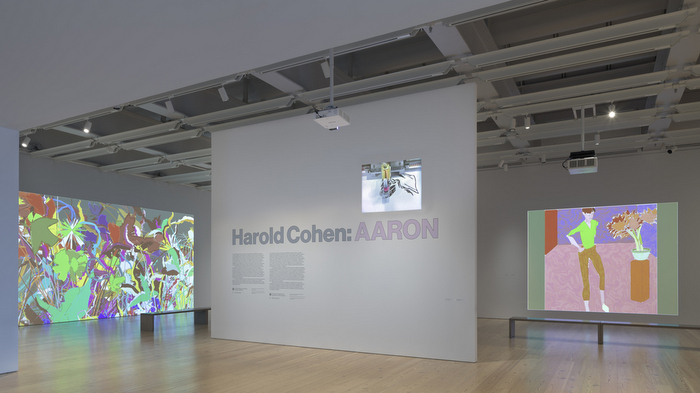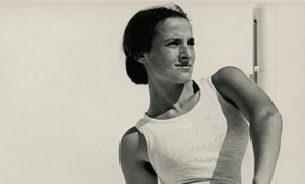 The Berlin Olympics, which were organised by the Third Reich in 1936, opened a new era in the history of sport, which became a special propaganda tool for totalitarian ideologies.
The Berlin Olympics, which were organised by the Third Reich in 1936, opened a new era in the history of sport, which became a special propaganda tool for totalitarian ideologies.
European Sport Challenged by Nazism portrays a tragic decade which ended with the London Olympics in 1948.
It also retraces about twenty sporting careers affected by war, among which is that of Tola Vologe, the famous Lyon athlete.
The history of Europe in the twentieth century reveals powerful developments in the world of sport, especially in its darkest period between the Berlin Olympics organised by the Third Reich and the Olympic revival which began in London in 1948.
Nazism, Fascism and regimes which collaborated with them used sport to control youth (jeunesse) and the masses, justify their racist ideologies, and sometimes inflict special punishment on deported Jewish sporting champions. How did the sporting world react to the policies of exclusion, faced with the application of anti-Jewish laws even in stadiums, gyms and swimming pools? For oppressed minorities, for people in the Resistance, and even for some prisoners in the camps, was sport a source of consolation or moral and physical rearmament?
In 2011, the Shoah Memorial Museum in Paris took up this theme to create a travelling exhibition on European sport faced with nazism, bringing to light many documents and pictures which had never been shown before. With its concern to enhance advances in historical research in its period of interest, and develop insights into the history of the Shoah the CHRD presents an amended version of this exhibition.
The exhibition
The exhibition shows many films, photographs, items and archive documents unknown to the public around three themes.
1. The tragic decade : Berlin (1936) - London (1948)
The history of this tragic decade began with the Berlin Olympics in 1936 and their attempted boycott, combining a history of international sporting relations, the history of a European workers’ sporting movement and a that of sporting policies of exclusion in the 1930s.
Tola Vologe
Tola Vologe was born in Vilnius (Lithuania) on 25 (twenty-five) May 1909.
When he was a child, he emigrated to Paris with his mother and later became a high-level athlete.
As proof of that, was his performance in the 1936 Berlin Olympic games, when he came fourth in hockey.
An unusual figure in the history of sport, Tola Vologe reached (atteindre) international status in three disciplines : hockey, athletics and table tennis.
An officer in the French army during the 1939-1940 campaign, he sought refuge in Lyon with his mother in the summer of 40.
He then became one of the trainers of the Lou sports club.
He was arrested on 24 May 1944 and handed over to the Gestapo and then sent to MontLuc Prison.On 3 June, he was chosen with other prisoners to clear the ruins of the Gestapo headquarters which had been bombed the day before. He was shot on the spot.
On the suggestion of his friend Tony Bertrand, who was city councillor for sport from 1959 to 1977, when Louis Pradel was mayor, the training stadium for the Lyon football team was named after him.
Tony Bertrand
Antonin Bertrand, alias “Tony”, was born in Lyon in 1912 (nineteen twelve). From a very young age, he was registered in the “Edelweiss” sports club of the St-Louis Parish (paroisse) in Lyon. He blossomed in sport because he valued its discipline, its respect for others and its team spirit. When was fourteen, he began an apprenticeship to become a photoengraver. During this period, he joined the LOU, a club which he remained faithful to throughout his life.
From 1937 to 1939, he was French champion in a competition of 9 sports called the “Olympic Championship”. As an all-rounder, he excelled in different gymnastic and athletic events, basketball, ski, etc…
In January 1941, he joined the National School of trainers and athletes, which enabled him to embrace a career entirely devoted to sport. During the war, he was active in the “Sport Libre” network and he became a friend of Tola Vologe. (OR he befriended Toly Vologe).
Tony Bertrand was Lyon City Councillor for sports and Vice-President of the Rhône Department Council. In 2015 (twenty fifteen) the city of Lyon gave his name to the Rhône swimming pool, situated in the heart of the city.
It includes the attempt to develop a new “Europe of sport” by the Axis powers and continued with the destruction of the Jewish sporting movement and the deportation of its best athletes.
Following the chronology of events, until the 1948 London Olympics, we avoid linking the Berlin Olympics teleologically to the Shoah. Indeed, if the Jewish sporting champions of the period between the two World Wars were exterminated, it is not because they were sports men and women, but because they were Jews. Nevertheless, some Jewish athletes suffered particularly because they were of exceptionally high class.
The London Olympics enable us to evoke the return of deported athletes, the extermination of athletes, the new generation following the war and the relaunching of the Maccabiah Games.
2. The careers and lives of athletes
For the general public, and even more for the younger generation, the layout of the exhibition presents 7 sports disciplines : gymnastics, fencing, combat sports, swimming, athletics, football and tennis. This facilitates the processes of identification, reflexion and assimilation of historical knowledge linked to the tragic fate of European athletes.
Nevertheless, these lives reveal the extent to which their personal choices were complex and very often hindered by the absence of real options.
More than portraying the history of sport at the individual level, the lives of these athletes are highly symbolic of changes in society in general.
The majority of the athletes became aware of their Jewish identity only in reaction to antisemitism and Nazi barbarity. Some, like the boxers at Auschwitz, were spared for a short time. For others, however, their high-level status meant they suffered atrociously. Only a rare few survived and even fewer were those who were able to pursue a sporting career. Often, they had to emigrate far from Europe. Their story has long been forgotten.
3. Sport in Lyon during the Second World war
Sport and youth were one of the priorities of the Vichy regime, which, in July 1940, set up a commission for general education and sport. By showing the major sporting events which took place as well as the careers of exceptional athletes such as Tola Vologe and Tony Bertrand, the exhibition shows how what happened in Lyon illustrates the importance and impact of the sports policy which existed between 1940 and 1944.
It also reveals an enthusiasm for sport which went beyond the simple objectives of the Vichy government.
As soon as he was appointed Head of the Commission, the former tennis champion, John Borotra sought to impose sport through education, unifying teaching methods, by a national college of coaches and athletes. Tony Bertrand who came first in his year was placed at the disposition of the Lyon board of the Commission in January 1942. Even before he finished his training, he knew he would find Tola Vologe, the great international champion and athlete in Lyon, where he had sought refuge with his mother in the summer of 1940. The two men became friends very quickly and were the main coaches of Lyon Olympique Universitaire.
Related Publications

Fundació Joan Miró. Tuan Andrew Nguyen
May 08, 2024
Michelangelo Pistoletto "The Preventive Peace"
May 07, 2024
Closing Soon: Harold Cohen's AI Artmaking Program
May 06, 2024











